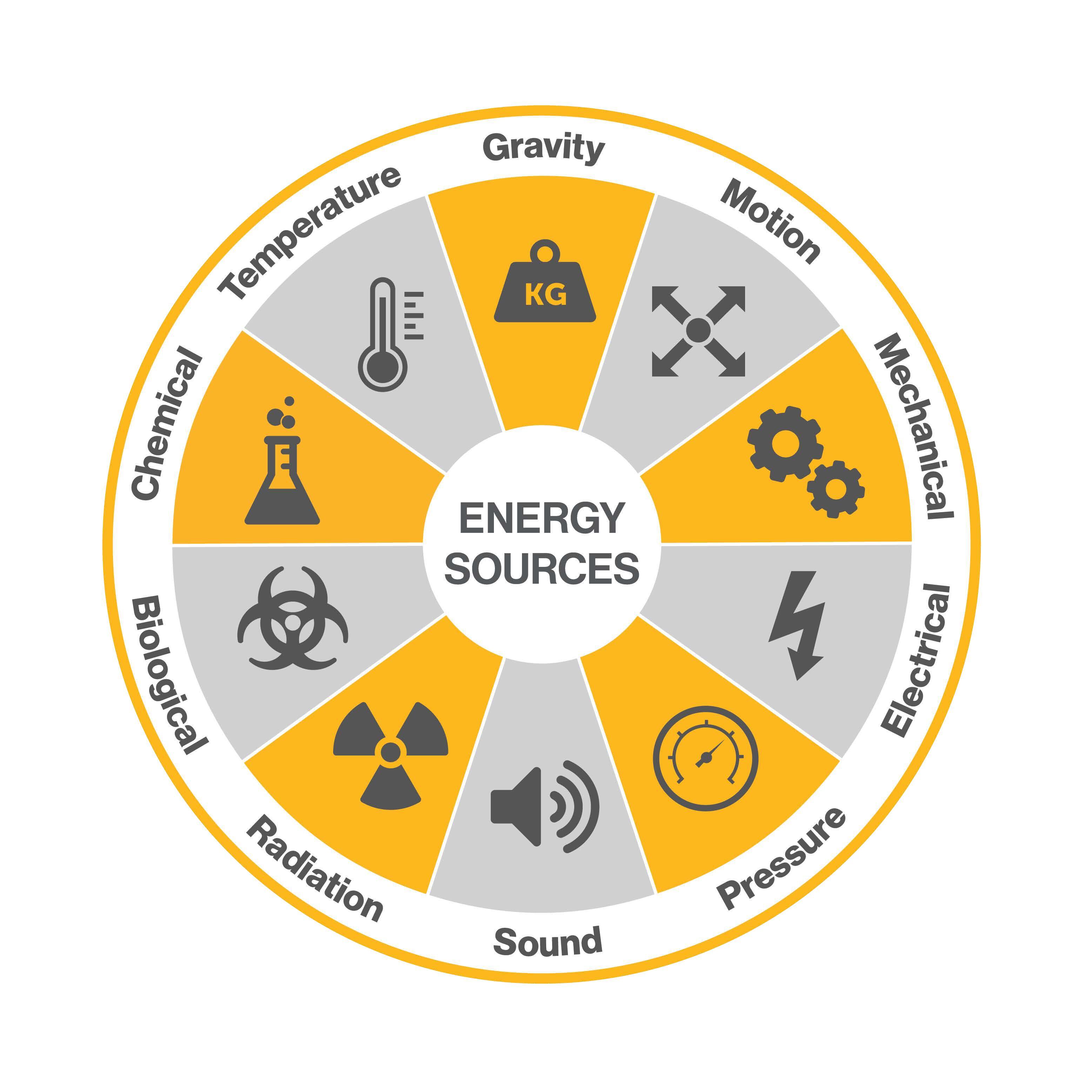A 2013 study by the US Department of Transportation (US DoT) is receiving newfound attention, due to the recent release of ReadiML, the Machine Learning software from Fatigue Science that operationalizes a scientific fatigue prediction model for daily use by transportation fleets.
In the study, the US DoT determined that when locomotive engineers are predicted by the scientific model to be severely fatigued, those operators carry an accident cost exposure that is over 7 times higher than it is for non-fatigued operators.
Key to this story is that “fatigue” could be predicted in advance of actual vehicle operation – unlocking the opportunity for proactive measures within dispatch operations to pinpoint and avert severe risks before they happen.
About the US DoT Study
The US DoT study, Fatigue Status of the U.S. Railroad Industry, used data collected in the railroad industry in the US between 2003 and 2005. Within the dataset, logs from 731 unique human factors accidents (HFAs) were compared to the predicted fatigue level of each operator. Fatigue predictions were derived using the SAFTE Biomathematical Fatigue Model, which analyzed assumptions of operators’ sleep in the days preceding each sleep period. These assumptions were based on the periods of sleep opportunity afforded by each operator’s work hours.
The analysis revealed the probability of a human factors accident (HFA) per 200,000 employee-hours, in cases with severe fatigue and, separately, in cases where no fatigue was present. In cases of severe fatigue – when the operator’s SAFTE Effectiveness Score was below 50 – the probability was 0.276. (The SAFTE Effectiveness Score is now known as the ReadiScore). In contrast, in cases without fatigue (ReadiScore > 90), the HFA probability was only 0.152.
The risk of an HFA was thus 1.82x higher when severe fatigue was predicted by the model–nearly double.1

Adapted from Fatigue Status of the US Railroad Industry, Table 26
Moreover, the study revealed a significant difference in accident cost between those that occurred under various levels of fatigue. Railroad accidents with a fatigued operator (ReadiScore < 70) presented an average cost of $1.6M, in contrast to only a $400K average cost when no fatigue (ReadiScore > 90) was predicted.2

Adapted from Fatigue Status of the US Railroad Industry, Figure 37
It is not known how much larger than $1.6M the average accident cost would be for the subset of fatigue cases classified as “extreme” (ReadiScore < 50), but it is reasonable to assume that the cost would likely be even higher than the larger pool of fatigued cases (ReadiScore < 70)
With the conservative assumption that accidents from “extreme fatigue” were no more costly than those from merely “high fatigue”, the implication is clear: fatigue-related accidents cost at least 4 times more, on average, than non-fatigue related accidents.
Combining the statistics on accident probability and accident cost, the result is at least a 7.3x higher accident cost exposure when operating critically fatigued (ReadiScore < 50), as compared to operating without fatigue.

Extrapolation of values in previous two graphs, whose original data emanates from Fatigue Status of the US Railroad Industry
From a macro view, hours of operation that were classified as “extreme fatigue” (ReadiScore < 50) made up only 2% of total hours worked in the study, while they accounted for nearly 5% of accidents and nearly 9% of accident costs (using the most conservative assumptions).
Implications for Operational Safety Improvements
The SAFTE Model remains in use today and is considered the world’s leading fatigue model. It is available exclusively from Fatigue Science and is at the core of Readi, its software-based fatigue management platform that makes fatigue predictions useful on a daily basis for dispatchers and supervisors.
In the years since the US DoT study was performed, Fatigue Science has dramatically improved the personalization of inputs that feed the SAFTE model, meaning that today the resulting fatigue predictions are even more capable of pinpointing risk ahead of time.
A Bright Future, Powered by Machine Learning
Today, Readi uses Machine Learning to estimate each individual operator’s sleep quality, quantity, and timing on the basis of many personalized inputs, including work schedule, ELD logs, demographics, and a sleep questionnaire. Readi’s ML model then analyzes these factors in relation to a data set of nearly 5 million de-identified sleeps, a unique and proprietary data set that Fatigue Science has collected from validated wearables it has deployed with shift-workers in 95+ countries around the world.
Fleet dispatchers and shift supervisors in industries as diverse as trucking, mining, and other heavy industries are now using Readi on a daily basis to proactively intervene in cases of extreme fatigue risk – before critical risks arise.
Ultimately, the technology is saving lives and improving safety records, all while improving operational efficiency at the same time. For its innovation, Readi recently received the National Safety Council’s 2022 Green Cross Safety Innovation Award.
Free of Charge – a Custom Analysis for Your Fleet
Fatigue Science is now undertaking new research with trucking fleets that will reveal the enhanced degree of predictive strength that Readi’s ML model can bring to each fleet. If your fleet would like to receive a custom analysis, free of charge, and/or explore leveraging Readi in your dispatch operations, read more here or contact one of our experts today.
1 Fatigue Status of the US Railroad Industry, page 63, Table 26
2 ibid, page 65, Figure 37





